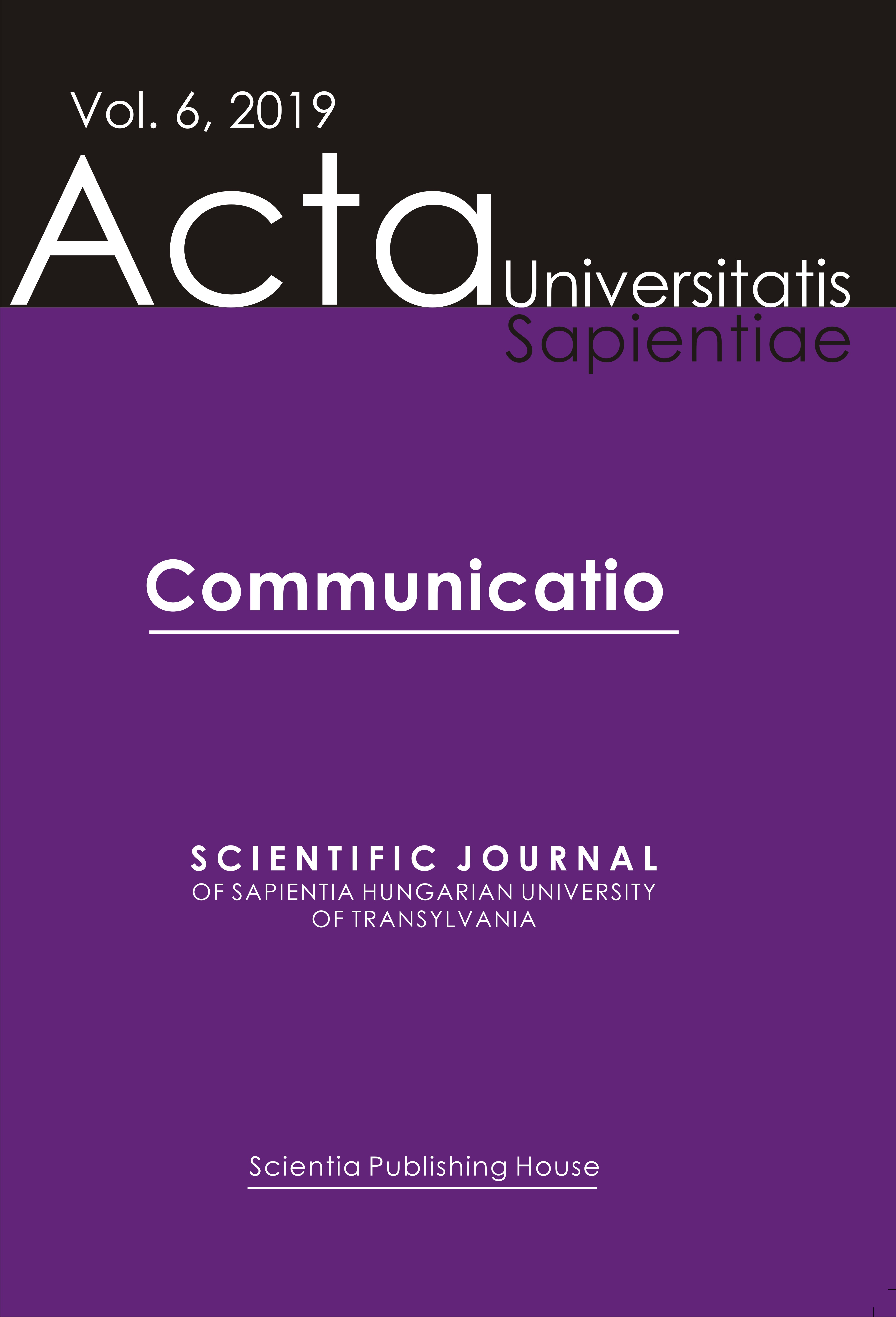Persuasion Strategies on Instagram in Wine Communication and Branding
Persuasion Strategies on Instagram in Wine Communication and Branding
Author(s): Ágnes VeszelszkiSubject(s): Social Sciences, Communication studies
Published by: Scientia Kiadó
Keywords: visual rhetoric; content marketing; social media; Instagram;
Summary/Abstract: Objectives: On social media, or in the world of the so-called like economy, highly targeted advertising has become reality: whereas previously advertisers only suspected the whereabouts of their customers, now they know it exactly based on well-defined parameters. Likes have become a new standard of value. With the increased popularity of Like buttons, influencer marketing and content marketing have also gained in importance. This paper aims to explore the persuasion strategies used by visual content marketing as a tool of visual rhetoric. Methodology: After reviewing the relevant literature, the paper presents a case study from the field of wine communication: using the methodology of content analysis and a qualitative approach, it examines the visual and verbal characteristics of 100 Instagram posts of Hungarian wineries. The examination focused on content from a semiotic aspect, complementary verbal elements (captions, hashtags), the assumed intention of content marketing, and the characteristics of visual storytelling. Findings: Although wine communication is very much about creating a personal feeling, there was not a single person on 61 of the 100 examined Instagram photos. The potential of branded hashtags is exploited by almost every winery in their communication. The most dominant content types were the informative, aesthetically pleasing, and explicit advertising content. Suggestions: To obtain the loyalty of users, companies need a well-considered communication strategy tailored to the target audience. The most relevant social media principles are the following: long-term strategy, careful planning, conscious implementation, thorough information about and respect for the potential target audience, and content which is valuable and interesting for the target group and has real impact on its behaviour. It could also enhance user loyalty if posts had more added value. The methodology of storytelling could be exploited in wine communication for the following types of content: 1. advice and education: providing background knowledge (winemaking, viticulture, design, wine–food pairing) or instructions (“how to” videos e.g. on bottle opening); 2. help to users (information on moderate wine consumption, wine and a healthy lifestyle); 3. entertainment (people behind the bottle, family and historical stories, wine legends, anecdotes). In addition, creating a personal feeling is crucial in wine communication,which is specializing in handling uncertainty: winemakers can act as influencers in their field not only when selling wine but also in social media marketing.
Journal: Acta Universitatis Sapientiae, Communicatio
- Issue Year: 2019
- Issue No: 6
- Page Range: 83-104
- Page Count: 22
- Language: English

